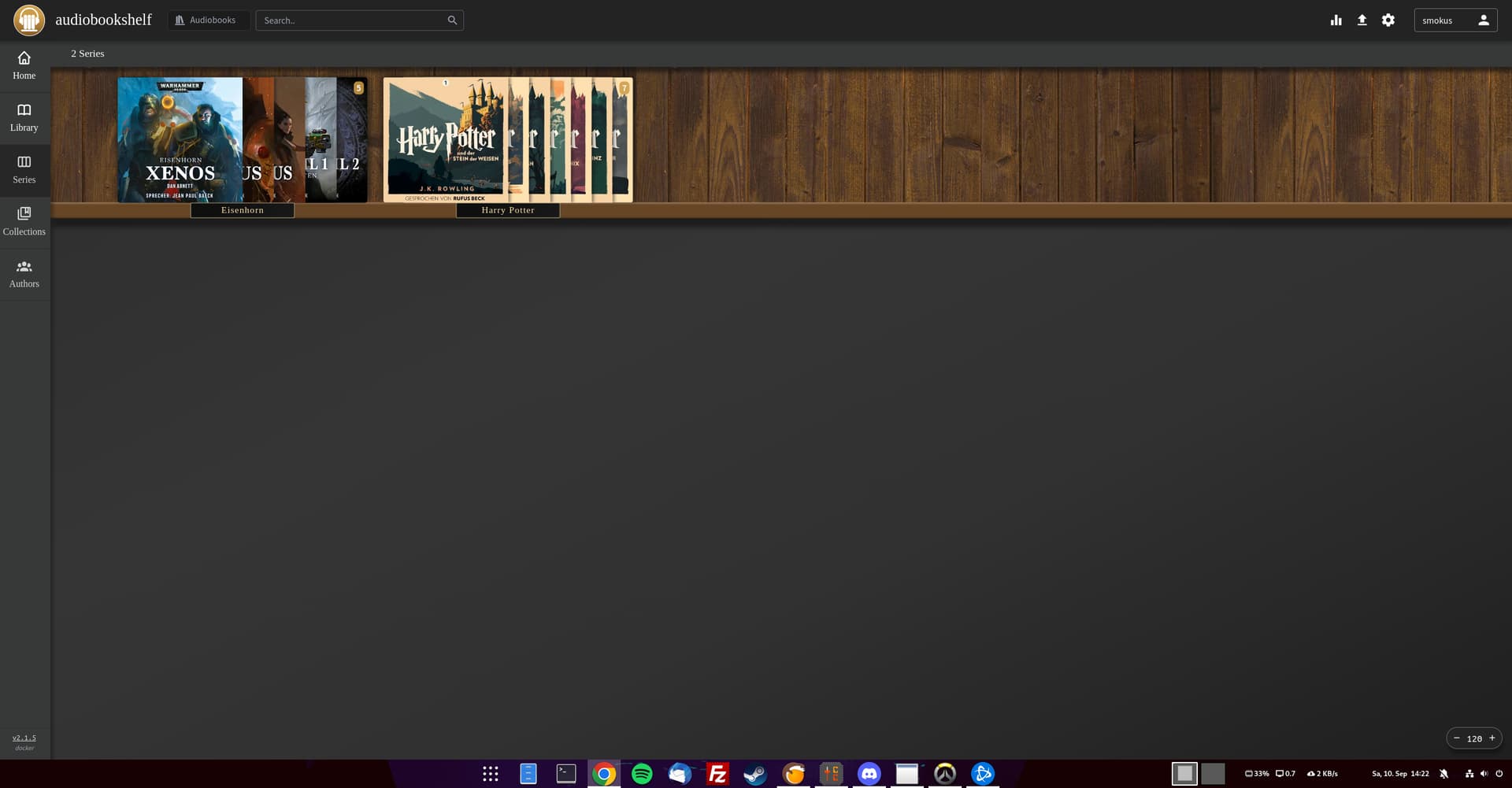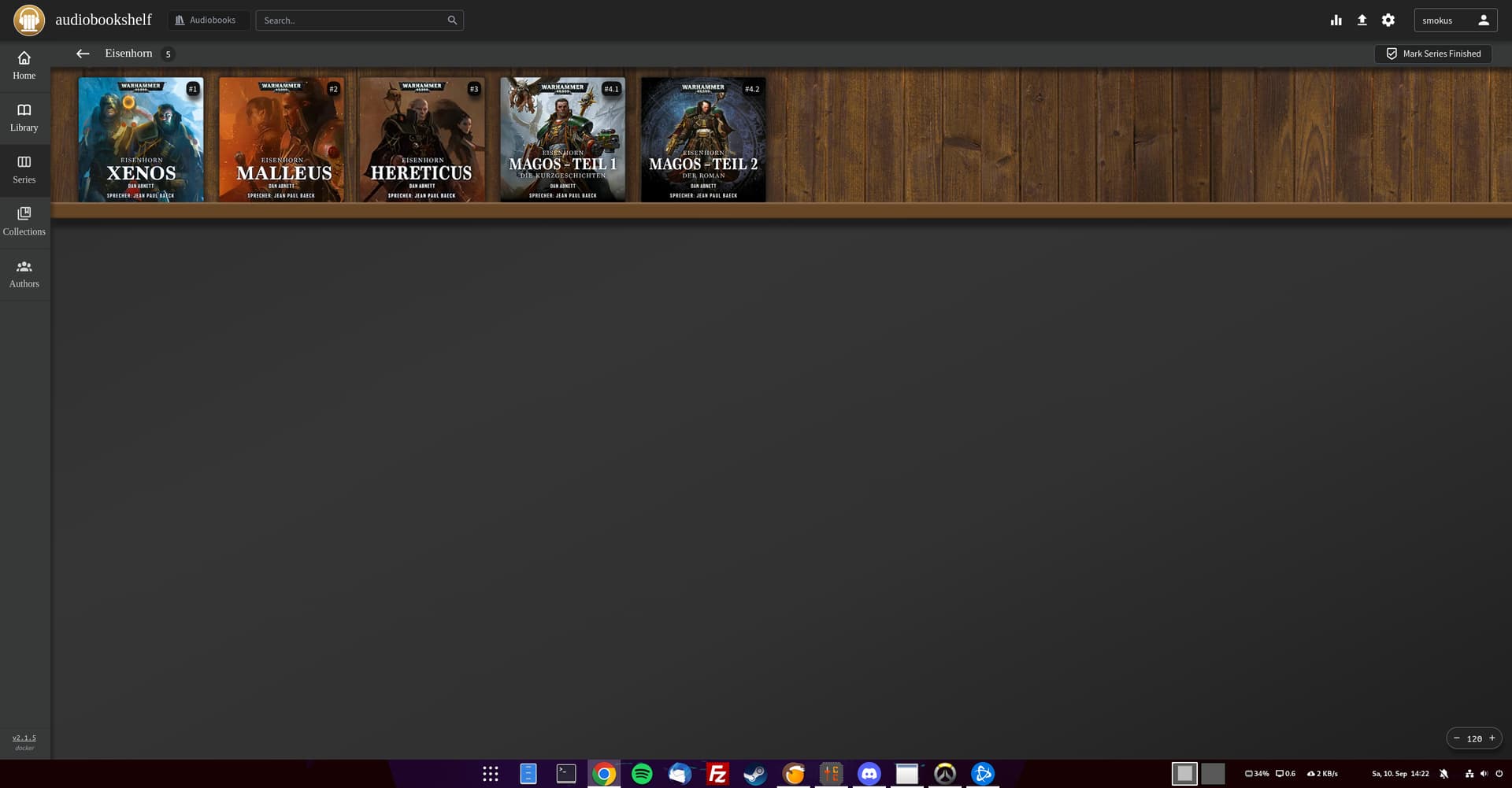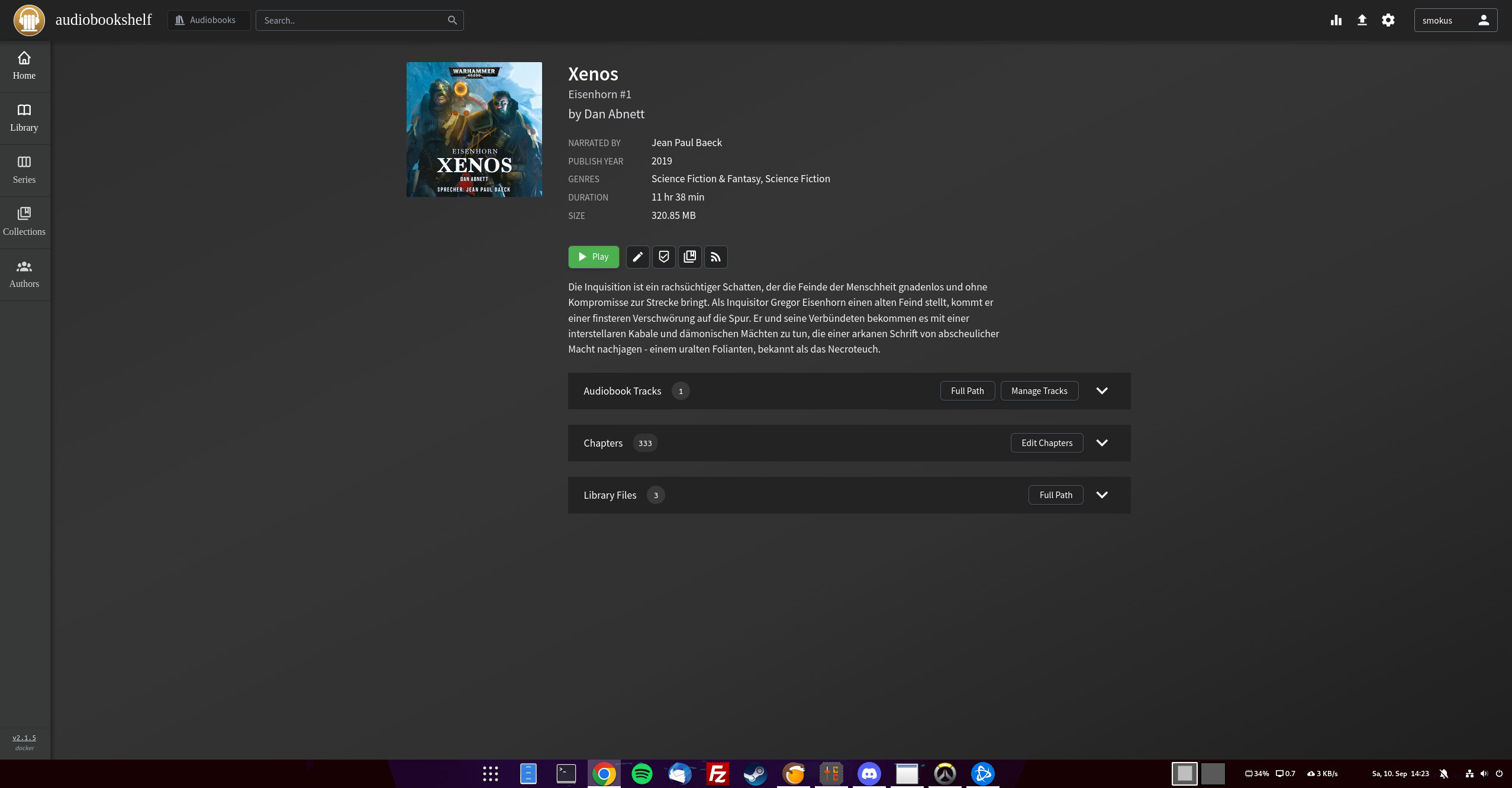LyX…wow, haven’t used that in ages.
I’m going to need this… ![]()
I you really, really, REALLY want to go “old school” with your desktop environment…
(was surprised to find this was still out there)
I can’t believe I never found Tailscale before today. The
Tailscale SSH option is really nice.
I use it for ssh (I use normal ssh) and for distributed compiling.
Before i used to port forward through my router for ssh outside my home. Now there is no need for that.
The ssh is the game changer for me. ![]()
Yes, Tailscale is great. I have used it for about a year. I have it on all my Linux systems.
Reluctant to admit it - but when using the wife’s W11 laptop I was fairly impressed with ‘Snap Assist’.
Looks like we needed a bit of Kwin scripting:
after reading their documentation, you rather give a foreign company the possibility (and any third party if data leak etc.) direct access to your home network and the servers in it - even if they promise in their documentation that they would never do that and everything is super secure - just so you can access your servers more conveniently via ssh without port sharing etc.? lol
Why not rather (if you have a server running at home anyway) set up wireguard at home, have the same comfort, but worlds more secure? Yes, ok, you have to open 1(!) port for wireguard, but that’s it.
Some people can’t port forward because of their ISP.
*cough Umniah *cough
Anyways, one of my lesser known favorites is nano!
I’m kidding of course.
Actually, my favorite lesser known one is pikaur
An aur helper that asks all the questions first, so I can compile an AUR package while I’m busy, also it actually has sudo loop and doas support.
First thing I install.
micro a text editor, is actually quite nice, the problem is I’m used to doing Ctrl + S then Ctrl + X to save and quit and that always gets me in micro. It’s Ctrl+Q.
Kalarm is my new favourite. It’s truly awesome…
I use Event Calendar, which is nice (and shows Google Calendar) and picks up events added in my phone.
Now I have KAlarm - which can do pretty much anything - simple alarms, texts, file contents, scripts, so I actually set rtcwake for an 0600 wakeup, then Kalarm sets volume to 40% and starts up a nice wakeup tune with a 5 minute volume ramp for a 6.15 soft start music alarm…
It also integrates, so reminders also appear in Event Calendar, and my phone too. So many great apps are pretty much skipped by the media - this one’s a doozy.
It’s too much akonadi…
3rd vote for Ventoy
It’s not known, but it should be.
It also saves money by not having to buy USB keys again, only external drives.
1st vote for autokey. If you’ve used autohotkey on Windows, then you know what it is. What do I use it for? Primarily I remap the controls of video games in it instead of using the game as it’s typically faster, less error prone, I guarantee my settings are saved and I can share them.
- Nyxt: A keyboard-driven web browser designed for power users
Moved away from earlier Min as with the added benefits of haskell scripting all the way.
https://archlinux.org/packages/community/x86_64/nyxt/ - Zellij: A terminal workspace with batteries included
Rust based tmux and screen alternative.
https://archlinux.org/packages/community/x86_64/zellij/ - Barrier: Open-source KVM software based on Synergy (GUI)
Ability to share keyboard and mouse between machines on local network. Setup a dynamic-dns like duckdns if not static ip.
https://archlinux.org/packages/community/x86_64/barrier/ - McFly: Fly through your shell history
ctrl + rwith context.
https://archlinux.org/packages/community/x86_64/mcfly/ - Espanso: Cross-platform Text Expander written in Rust.
https://aur.archlinux.org/packages/espanso - Simplex-chat: A 100% private-by-design chat platform
https://aur.archlinux.org/packages/simplex-chat-bin - pipe-viewer: A lightweight YouTube client for Linux (CLI/GTK) (fork of straw-viewer).
Integrates nicely with mpv and invidious api with good cli capabilites.
https://aur.archlinux.org/packages/pipe-viewer-git
Would that include my favourite tmatrix -s 60 -f 0.3,0.6 ?
Yes
Many thanks for that one!
3 thumbs up!!!
![]()
![]()
![]()
Dangerzone
Take potentially dangerous PDFs, office documents, or images and convert them to a safe PDF.
Dangerzone works like this: You give it a document that you don’t know if you can trust (for example, an email attachment). Inside of a sandbox, Dangerzone converts the document to a PDF (if it isn’t already one), and then converts the PDF into raw pixel data: a huge list of RGB color values for each page. Then, in a separate sandbox, Dangerzone takes this pixel data and converts it back into a PDF.
- Sandboxes don’t have network access, so if a malicious document can compromise one, it can’t phone home
- Dangerzone can optionally OCR the safe PDFs it creates, so it will have a text layer again
- Dangerzone compresses the safe PDF to reduce file size
- After converting, Dangerzone lets you open the safe PDF in the PDF viewer of your choice, which allows you to open PDFs and office docs in Dangerzone by default so you never accidentally open a dangerous document
Dangerzone can convert these types of document into safe PDFs:
- PDF (.pdf)
- Microsoft Word (.docx, .doc)
- Microsoft Excel (.xlsx, .xls)
- Microsoft PowerPoint (.pptx, .ppt)
- ODF Text (.odt)
- ODF Spreadsheet (.ods)
- ODF Presentation (.odp)
- ODF Graphics (.odg)
- Jpeg (.jpg, .jpeg)
- GIF (.gif)
- PNG (.png)
Hey mr h4xXx0r, look what ![]() got in store for you
got in store for you

Not yet available on AUR. ![]()


